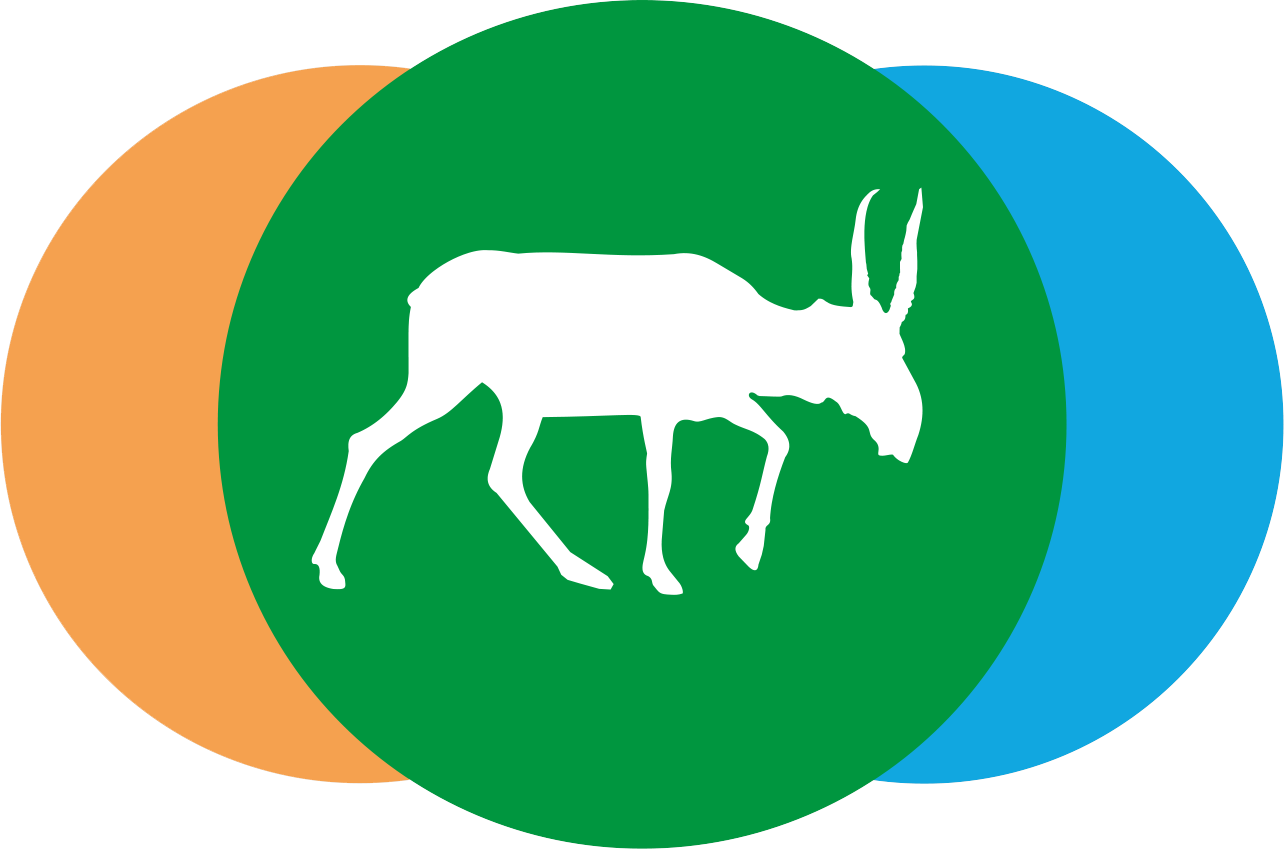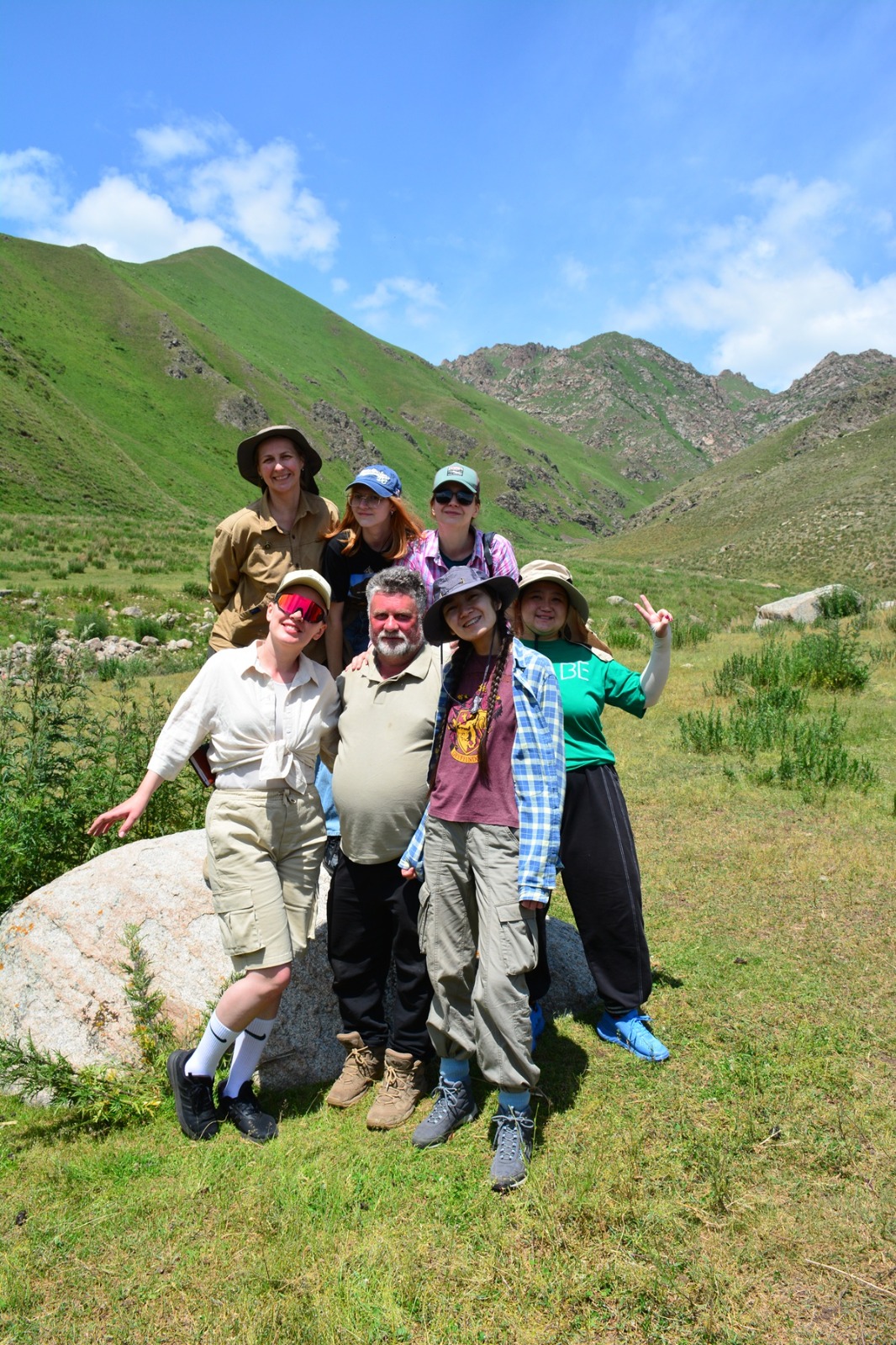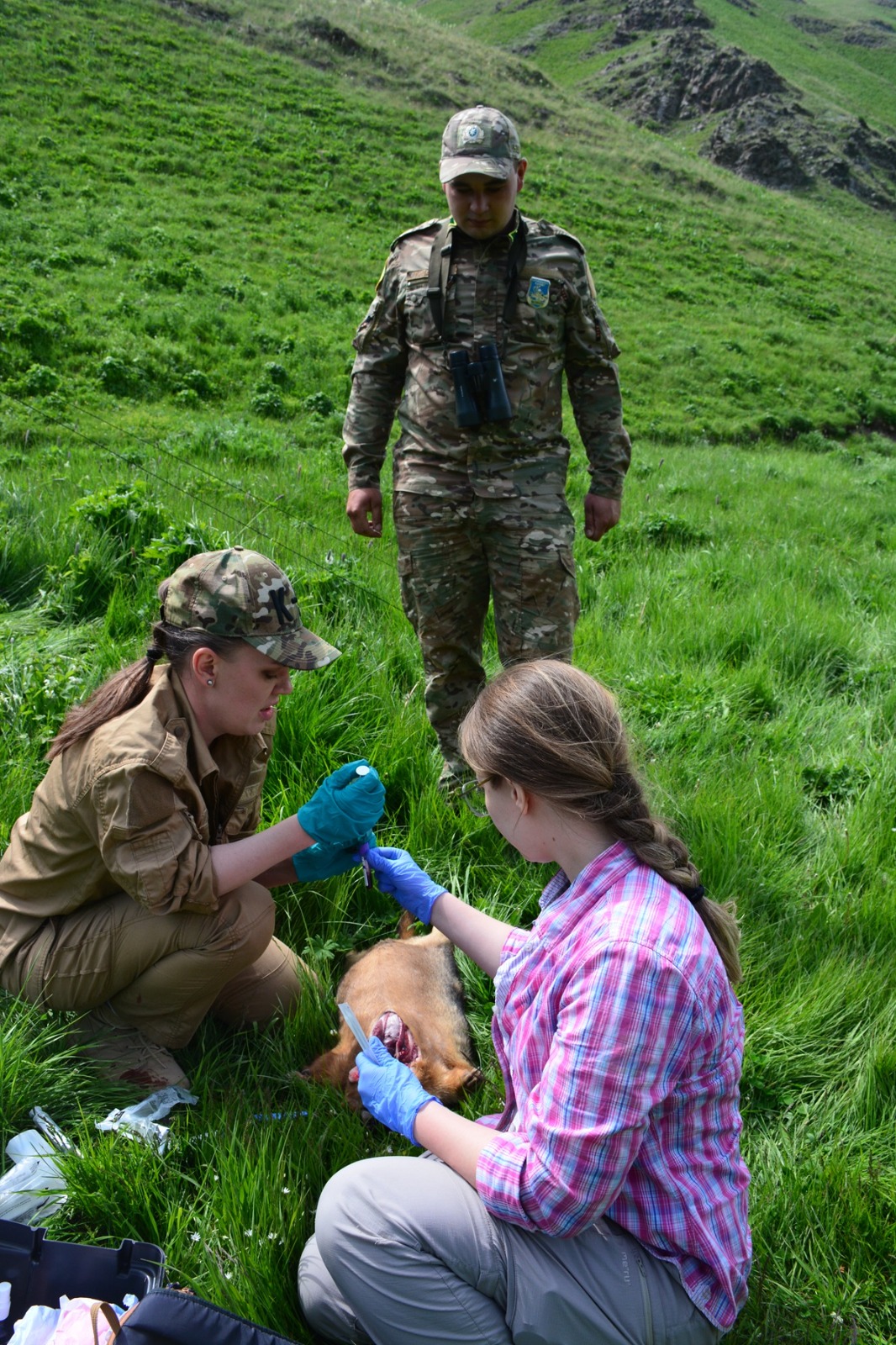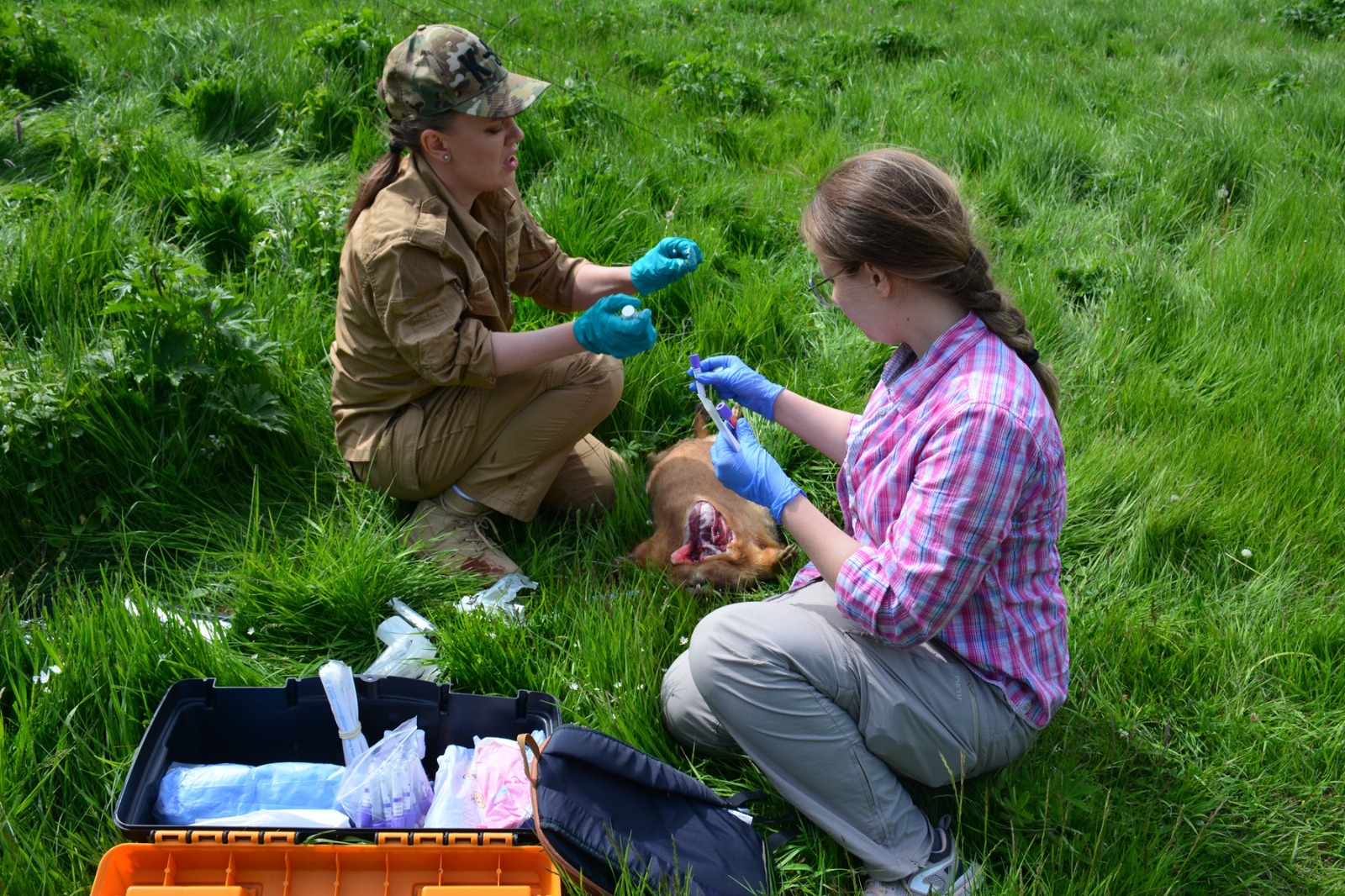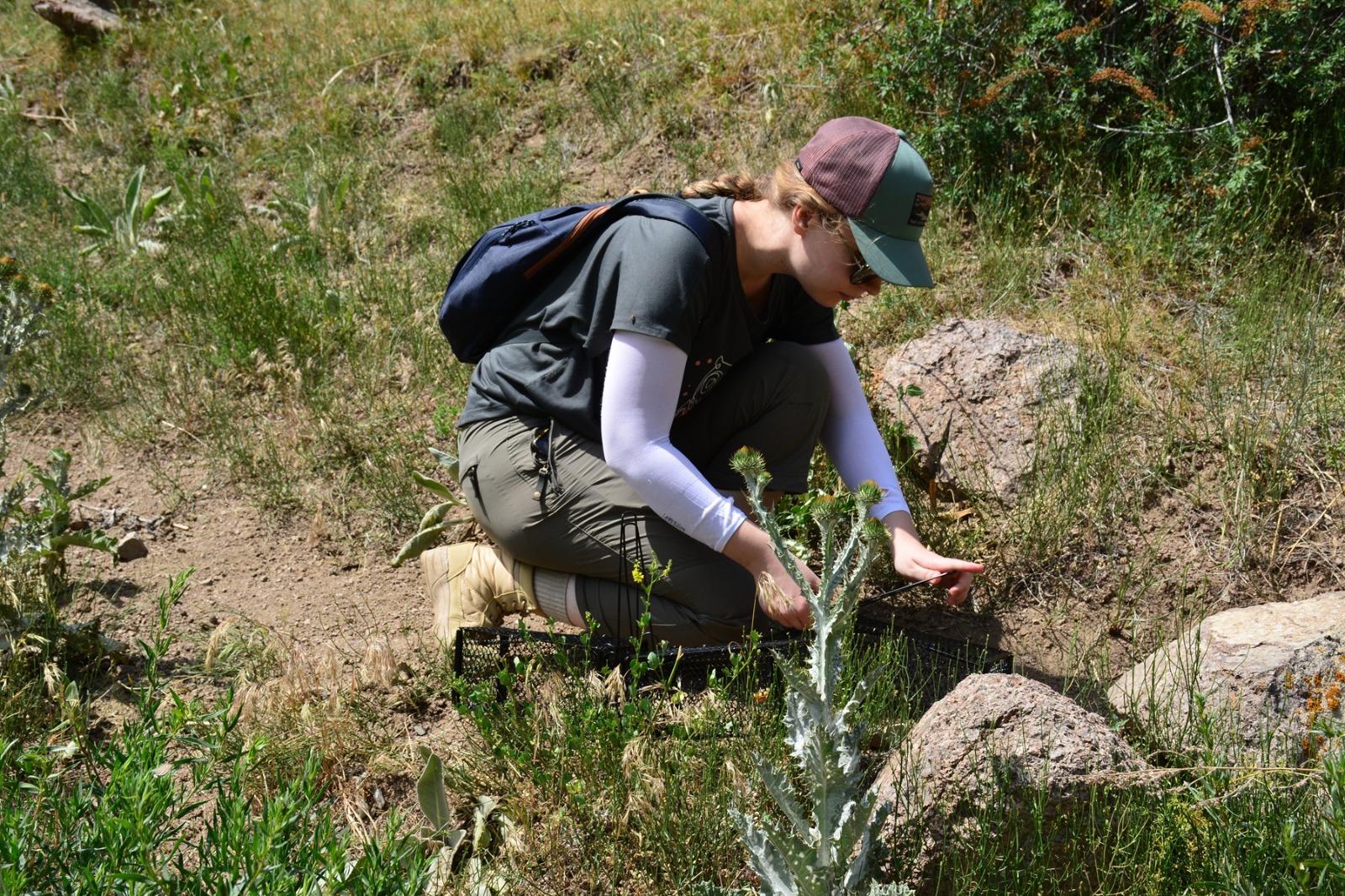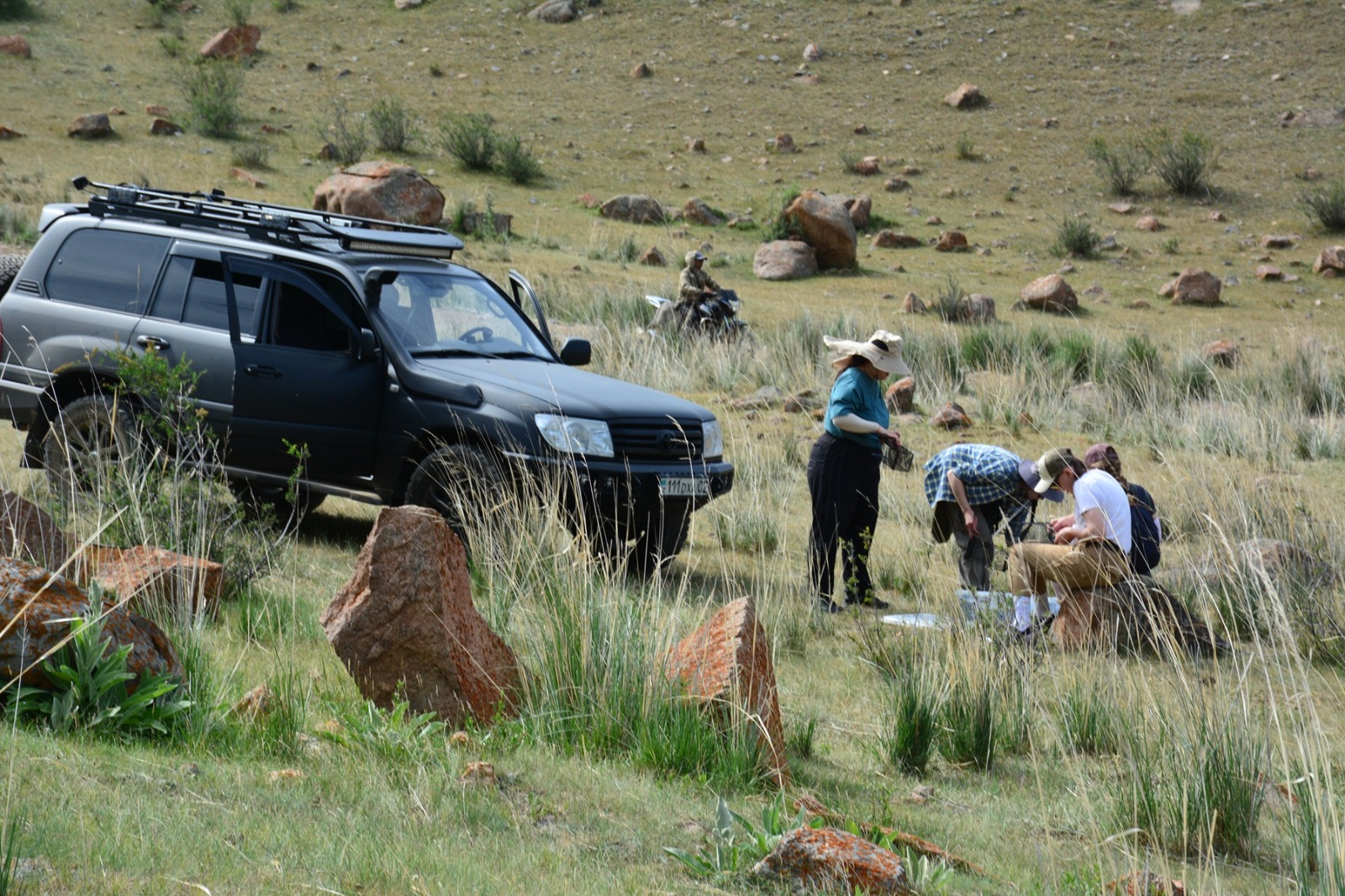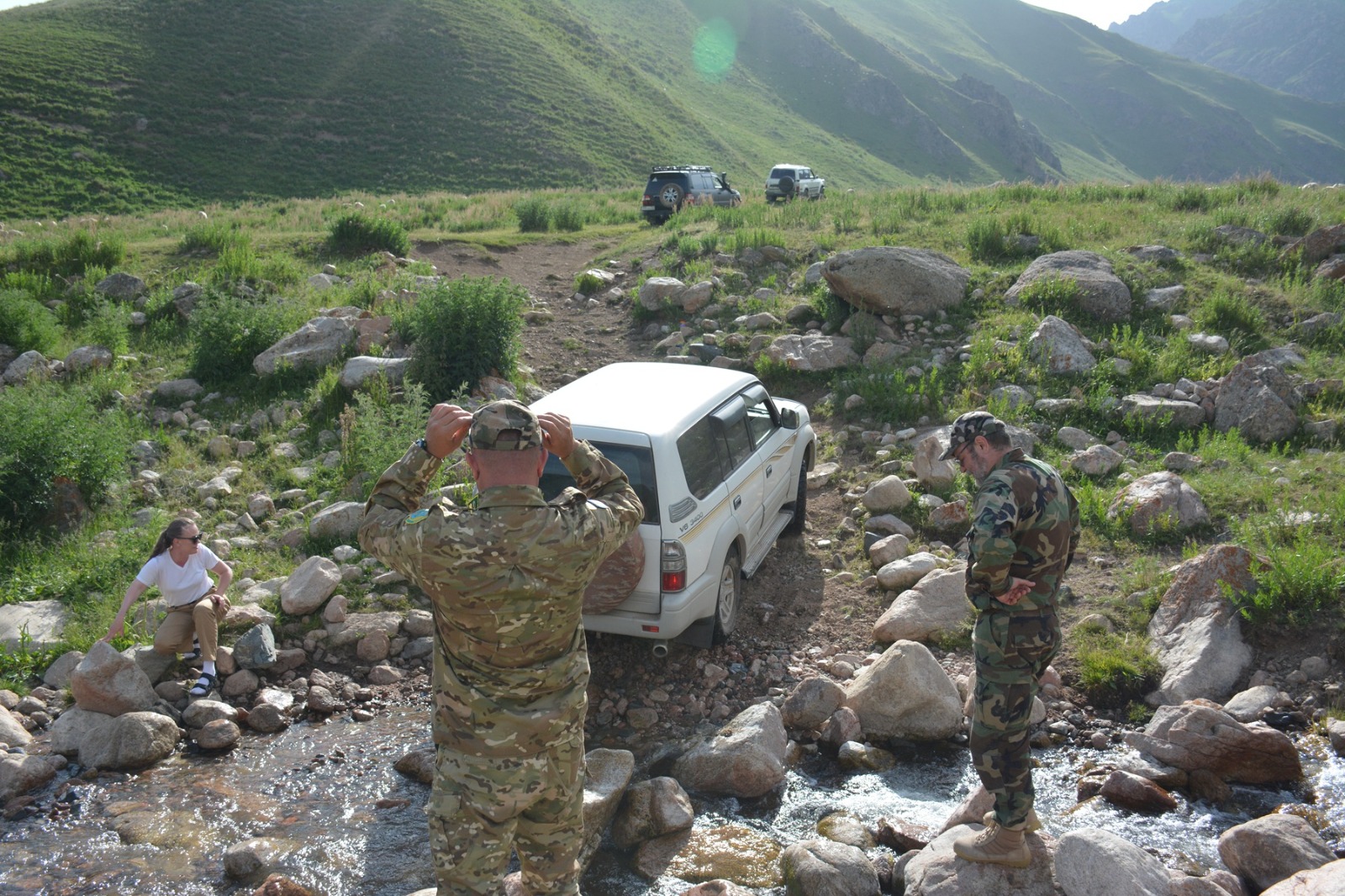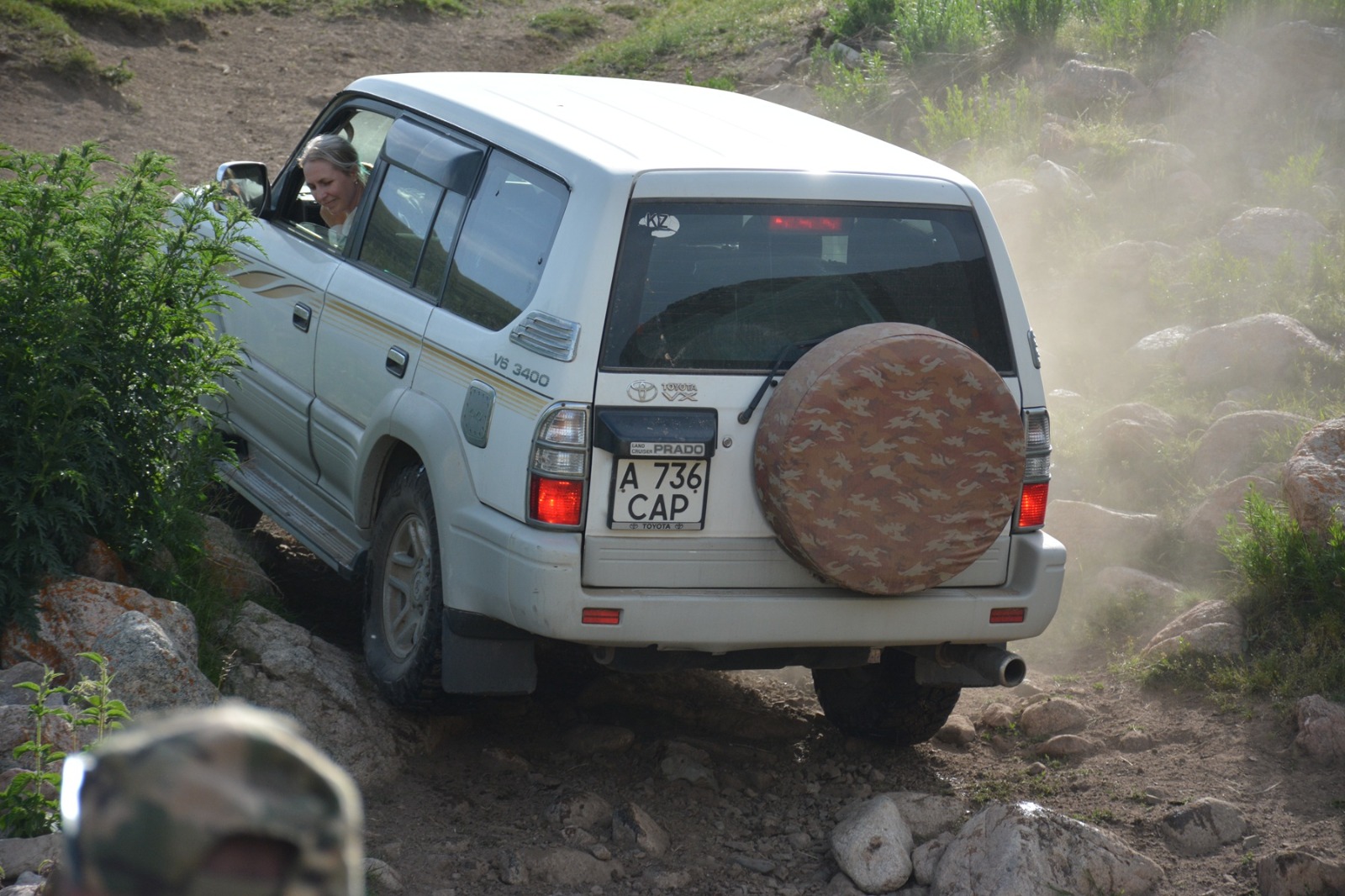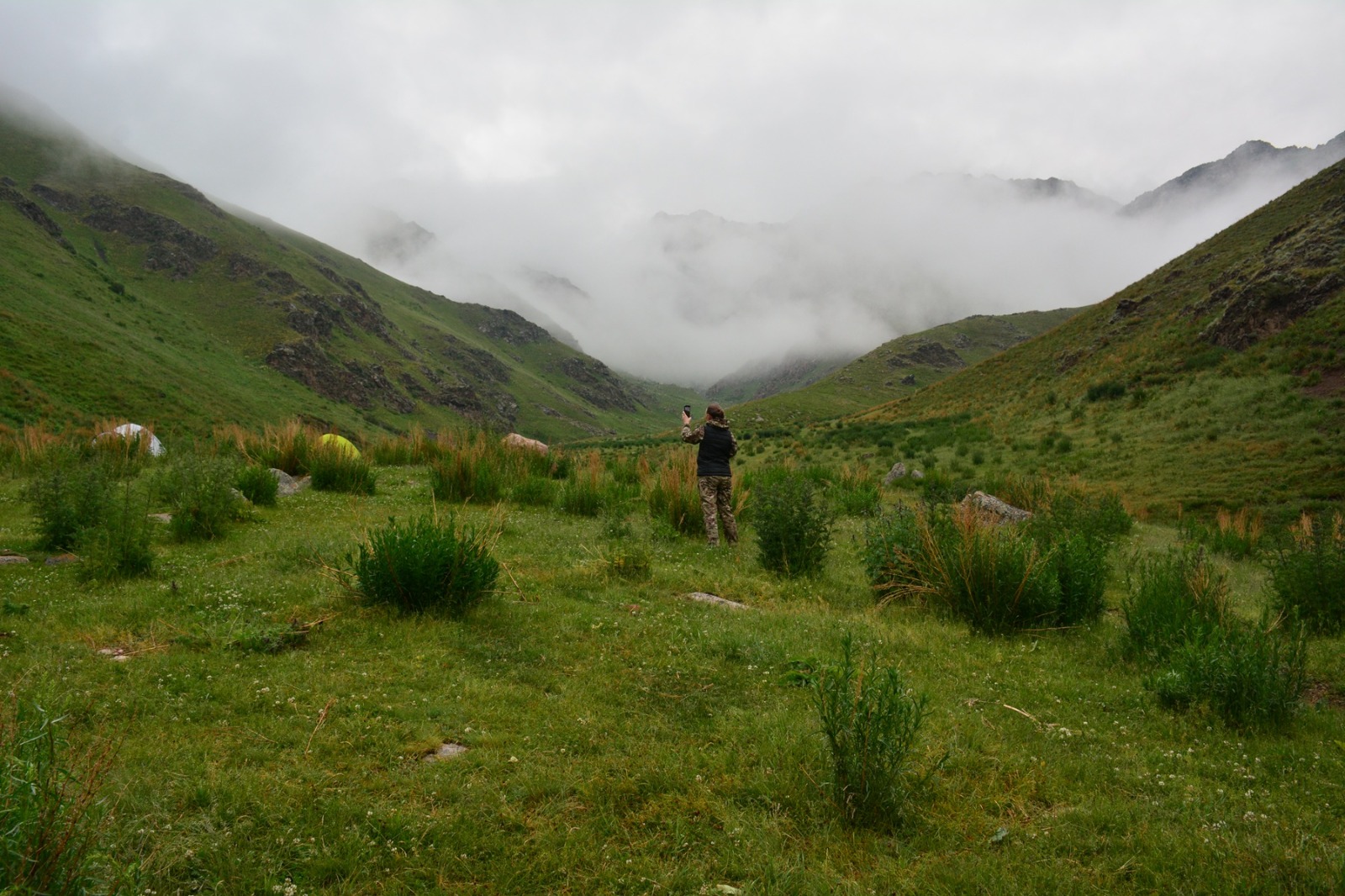The Institute of Zoology is carrying out work under the IUCN project: “One Health in Nature Conservation — Enhancing Landscape Resilience to Zoonotic Disease Emergence by Consolidating Protected Area Systems in Central Asia.”
The importance of assessing the veterinary-sanitary status of a region stems from the need to prevent the emergence and spread of diseases common to animals and humans (zoonoses). Animal hosts serve as the natural habitat for zoonotic pathogens, where they live, reproduce, and are released into the environment. To date, 868 species of pathogenic microorganisms capable of transmitting between animals and humans under natural conditions have been identified.
According to the World Health Organization (WHO), rabies alone kills about 55,000 people worldwide each year—mostly children. Around 500,000 cases of brucellosis are recorded annually. However, the danger of most zoonoses (aside from novel influenza strains) remains vastly underestimated. Over the last 70 years, the emergence of animal-borne infectious diseases has accelerated due to habitat conversion to agriculture, urbanization, biodiversity loss, and climate change—expanding animal–human interactions and opportunities for disease emergence.
Today, zoonoses pose serious epizootic and epidemic challenges in Kazakhstan. Over 60 animal infectious diseases are registered, 18 of which are zoonoses. In many regions, the epizootic situation for natural-focal diseases (rabies), chronic and acute infections (tuberculosis, brucellosis, leukemia, influenza) remains tense. There is a constant risk of introduction of dangerous diseases such as African swine fever from abroad.
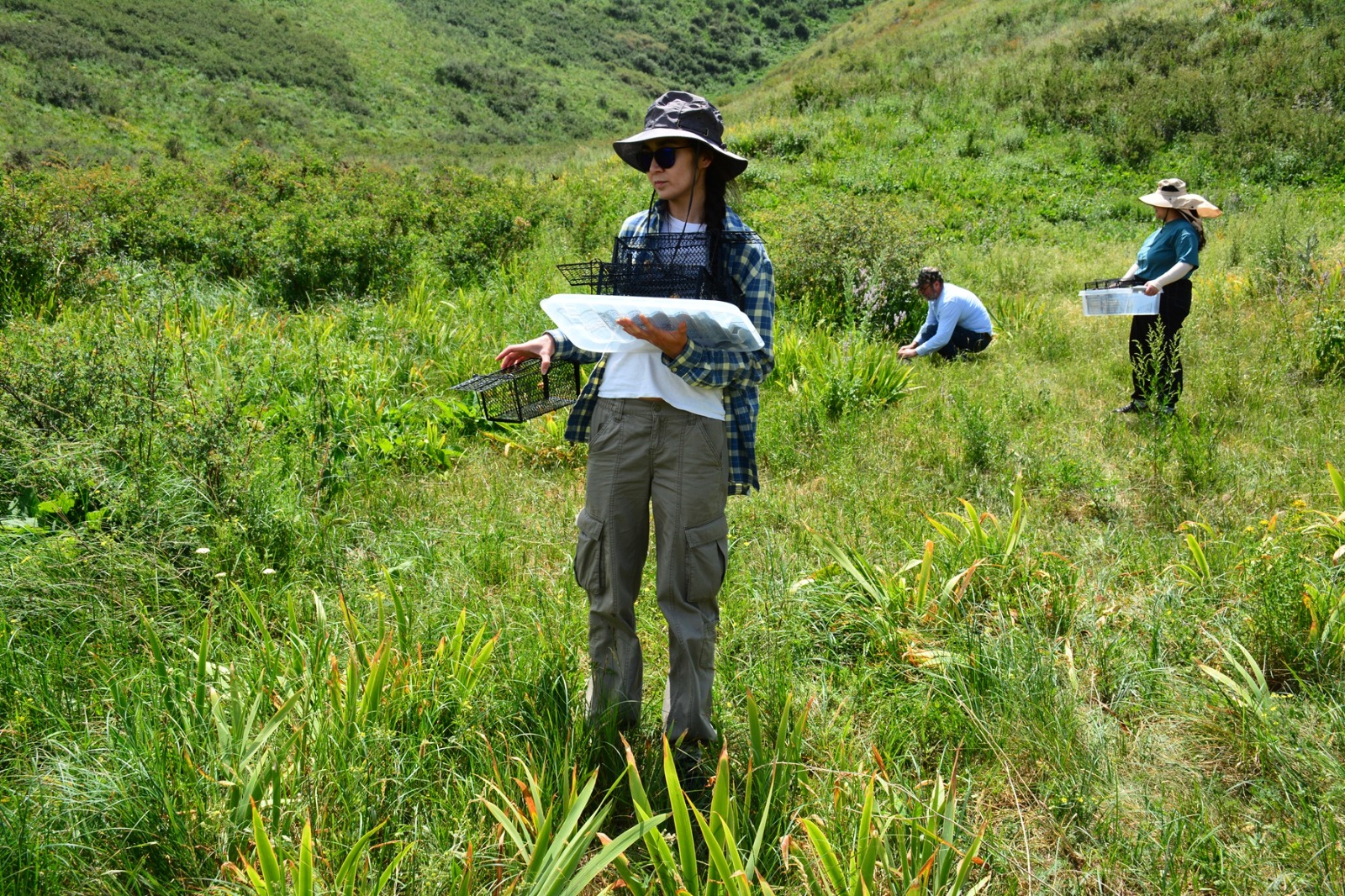
Zoonotic infection activity fluctuates with weather, solar cycles, seasonality, mammal breeding cycles, animal migration, and human control measures. Some infections lie dormant, while others become highly active.
Humans become infected through contact with sick animals (or carcasses), contaminated environments or objects, rodent-contaminated food, and bites from animals or blood-sucking insects. Sources include wild, domestic (cats, dogs), livestock (pigs, cattle, horses), fur farm (foxes, nutria), rodents (rats, mice), and others.
Hunting grounds are particularly high-risk as people, hunting dogs, wildlife, and livestock interact directly. For example, Belarus mandates veterinary and radiological checks for all game products. Kazakhstan lacks such controls, so hunters sometimes cannot detect parasites in their catch. Thus, strict zoonosis prevention and control measures are essential.
In this context, the Institute of Zoology has commenced the regional IUCN project “One Health in Nature Conservation — Enhancing Landscape Resilience to Zoonotic Disease Emergence by Consolidating Protected Area Systems in Central Asia,” which includes developing risk-minimization approaches for zoonotic diseases.
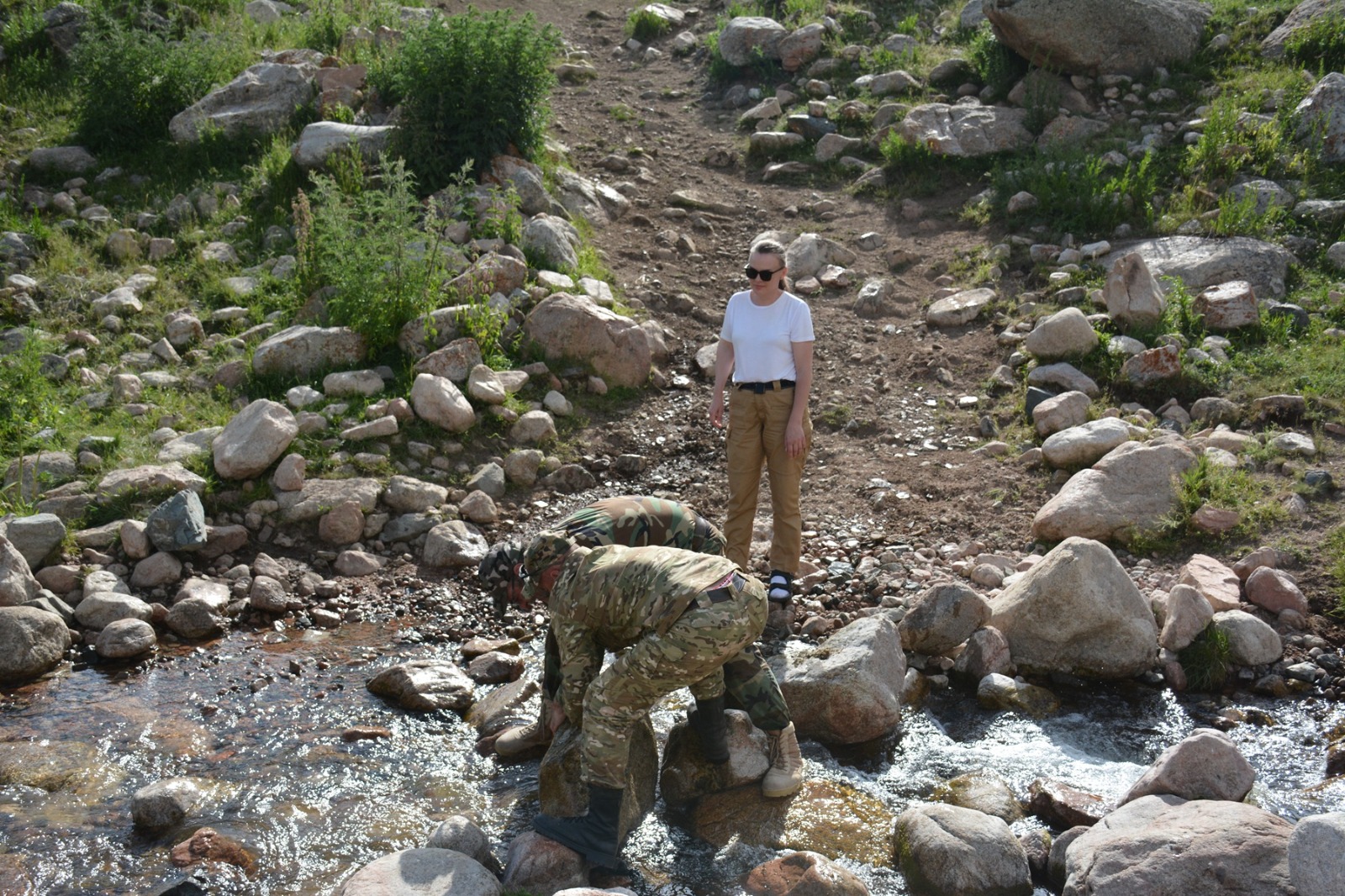
In May–June 2025, specialists from the Institute’s Teriology Lab and the Bio-censology and Hunting Research Center, together with the Almaty Branch of the National Biotechnology Center LLP, conducted field studies of small mammals as potential zoonotic reservoirs. In the first phase, two pilot hunting grounds—“Manul” and “Karakastek”—were selected in Almaty Region, with monitoring traps set up at five lines of ten live-traps each.
K.N. Plakhov
04.07.2025
